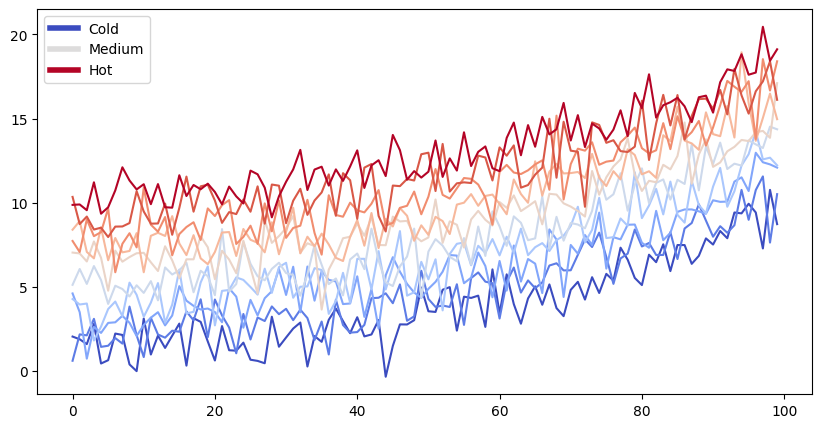Content with notebooks#
You can also create content with Jupyter Notebooks. This means that you can include code blocks and their outputs in your book.
Markdown + notebooks#
As it is markdown, you can embed images, HTML, etc into your posts!
Satz: Mittelwertsatz
Some Content
Bemerkung
Hier ist eine Bemerkung
Definition
Eine Definition
Lemma
Inhalt
Warnung
Inhalt
Beispiel
Inhalt
You can also \(add_{math}\) and
or
But make sure you $Escape $your $dollar signs $you want to keep!
MyST markdown#
MyST markdown works in Jupyter Notebooks as well. For more information about MyST markdown, check out the MyST guide in Jupyter Book, or see the MyST markdown documentation.
Code blocks and outputs#
Jupyter Book will also embed your code blocks and output in your book. For example, here’s some sample Matplotlib code:
from matplotlib import rcParams, cycler
import matplotlib.pyplot as plt
import numpy as np
plt.ion()
<contextlib.ExitStack at 0x717cdc07f170>
# Fixing random state for reproducibility
np.random.seed(19680801)
N = 10
data = [np.logspace(0, 1, 100) + np.random.randn(100) + ii for ii in range(N)]
data = np.array(data).T
cmap = plt.cm.coolwarm
rcParams['axes.prop_cycle'] = cycler(color=cmap(np.linspace(0, 1, N)))
from matplotlib.lines import Line2D
custom_lines = [Line2D([0], [0], color=cmap(0.), lw=4),
Line2D([0], [0], color=cmap(.5), lw=4),
Line2D([0], [0], color=cmap(1.), lw=4)]
fig, ax = plt.subplots(figsize=(10, 5))
lines = ax.plot(data)
ax.legend(custom_lines, ['Cold', 'Medium', 'Hot']);

Proof. We’ll omit the full proof.
But we will prove sufficiency of the asserted conditions.
To this end, let \(y \in \mathbb R^n\) and let \(S\) be a linear subspace of \(\mathbb R^n\).
Let \(\hat y\) be a vector in \(\mathbb R^n\) such that \(\hat y \in S\) and \(y - \hat y \perp S\).
Let \(z\) be any other point in \(S\) and use the fact that \(S\) is a linear subspace to deduce
Hence \(\| y - z \| \geq \| y - \hat y \|\), which completes the proof.
There is a lot more that you can do with outputs (such as including interactive outputs) with your book. For more information about this, see the Jupyter Book documentation
Definition 1
The economical expansion problem (EEP) for \((A,B)\) is to find a semi-positive \(n\)-vector \(p>0\) and a number \(\beta\in\mathbb{R}\), such that
Bemerkung
Here is a note
This admonition was styled…
With a tip class!

